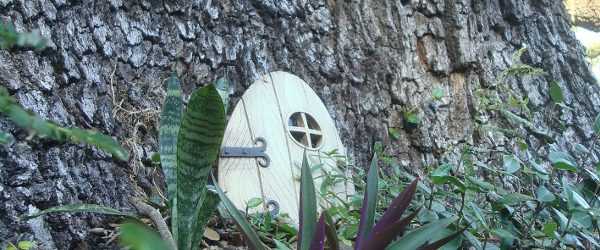
How many of us watch Grand Designs on Channel 4 and become inspired to build or renovate our dream home? A glass covered seashore abode, a rural circular wooden cabin or a palatial column fronted country retreat are all innovative places envisaged by people with big dreams. As the series rolls by and the ‘dream homes’ become ever more visionary, the one constant with all of the projects is the desire to adhere to the ‘eco-friendly’ rules. Each and every build or renovation incorporates environmental awareness into it and in some cases becomes the focal feature
Take Prickly Nut Wood, built in West Sussex by Ben Law, who not only makes a living from coppicing but has also made a home from the trees he’s pruned. Hand picking the sweet chestnut cruck frame with barley straw bale and wattle & daub walls gives his home the authentic look of the fairy tale ‘Woodman’s cottage.’ Installing solar power, wind turbines and a wood-fuelled heating system ensures that the property’s environmental impact is minimal. Bought for a tenner in 1991, Ben not only lives in his dream home but has enviable energy bills to match.
The desire for all things ‘green’ can be put into two categories – low-energy design and the utilisation of renewable building materials. As not all of us are as adept with a circular saw, hammer and nails as Ben is, we have to rely on designers and builders for our desired outcome in the search for our ‘dream green home’. In a previous post we described how to find your ideal location for a property and there is additional information on ensuring that your project is covered by the appropriate insurance and warranties on this website. Now, here are some ideas to help you to keep your building project as carbon footprint friendly as possible:
Work with nature
To lessen your environmental impact, be sure to use the sun’s energy to heat the house in the winter and keep it cool in the summer. Solar panels and expansive triple glazed glass ‘walls’ will provide maximum heat during the day. However, ensure the glass is covered at night to avoid heat loss. Placing trees around the building will ensure shade in the hot summer months.
Room positioning
When building or renovating an eco-friendly property, the architect will position rooms for maximum efficiency. For example, it’s desirable to have your main living spaces facing north, since most south-facing windows get very little sunlight throughout the year. Bathrooms requiring warmth are best in the centre of the home and any wood burning stoves, chimney stacks and kitchen cookers are best located against a solid wall in the heart of the house where warmth will be stored rather than lost to the outside.
Building materials
Building a truly environmentally sustainable home doesn’t just involve looking at energy and water conservation after the project is complete. The materials used in both the construction and interior design play a major part in the environmental impact and, as a general rule, the less energy used in the production and transport of products and materials the better.
Some renewable energy sources which are becoming increasingly more popular include:
- Bamboo
- Cork
- Concrete
- Natural plaster
- Reclaimed wood
- Recycled glass
- Recycled aluminium
Awareness of energy usage and recyclable materials is becoming more and more significant in our day to day lives, and this trend is expected to continue as the human race strives for answers in the face of the ongoing depletion of Earth’s natural resources.
(Photo by Carlos José)




